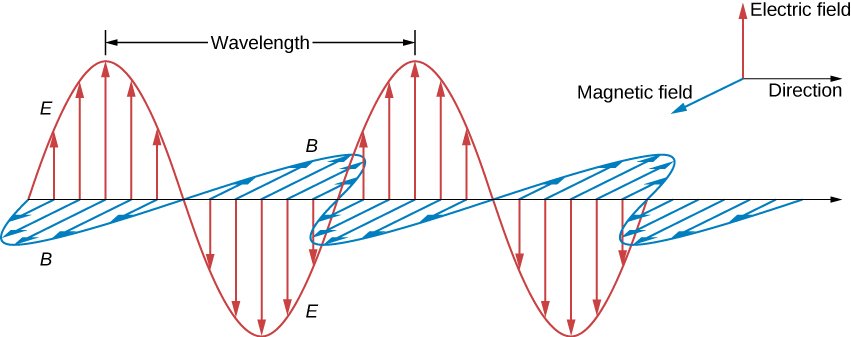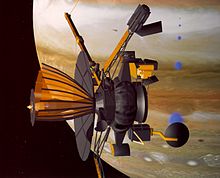
This is the supermassive black hole in M87, silhouetted against swirling gas it'll either eat, or expunge in jets. The lines are the magnetic field that powers the jets that shoot gas thousands light-years out of the galaxy. Incredible.
https://twitter.com/shannonmstirone/status/1374734732609515522
The SMBH in M87 is 55 million ly away. You'd have to cram 6.5 BILLION Suns into a diameter ~30,000 times that of the Sun to make one like it. For context: its event horizon is 120 AU, swallowing the entire solar system. But bc it spins, anything within 700 AU of the Sun is toast.
And in case you are wondering what 1 AU is, that's 1 Astronomical Unit, which is the distance of the Earth from the Sun. So saying "120 AU" is like saying something is 120 times the Earth-Sun distance wide/far/long/etc. And 1 AU is about 150 million km. Nothing too big 🙃
And to be very clear (because it is important): the lines themselves are actually polarized light. But light polarized as a result of magnetic fields, so we're "seeing" the magnetic field via that polarization!
But even more clarity is required: you *are* "seeing" the magnetic field lines here, but *only if* you know how polarization works. Been chatting w/a friend who pointed this out, so I want to be clear so you know what you're looking at. A bit about how polarization works follows.
And with polarization of light comes electromagnetism! The electromagnetic force is two fields that go hand in hand, but are always perpendicular to the other: the v electric and magnetic fields. And polarized light becomes polarized in the direction of the electric field.
In the black hole image, we are looking at the magnetic field *almost* oriented directly away from us (so pointing into the black hole picture) with a slight tilt. And magnetic fields cause charged particles to spin around them, resulting in something called synchrotron radiation
And synchrotron radiation (which happens with charged particles moving close to the speed of light) gets polarized, because of the electromagnetic field. But remember, the electric field and the magnetic fields are perpendicular:
if the crests and troughs of the electric field are oriented up and down, then the magnetic field is oriented perpendicular so that crests and troughs are towards and away from you. Here's an image to help with this visual bc it's hard to explain. (From libretexts.org) 

Polarization follows along the electric field. So technically, you're seeing the electric field lines via the synchrotron radiation in the image, bc it's polarized along the electric field, not magnetic field. Here's a figure from the paper (the lower right shows what I'm saying) 

So when I say you can see them if you know how polarization works, I mean you'd know that polarization is along the E field, and that magnetic field is perpendicular. So that, and knowing magnetic field lines for spherical symmetry look like the Earths, (image from Shutterstock) 

and finally, knowing this black hole has its axis pointing (almost) at us and the field goes "into" the center of the black hole, and out around it (take the above image and tilt it 90 degrees from the top and died towards you), then you know what the magnetic field looks like.
But if you don't know that, you assume that's the magnetic field, which is wrong. My original tweet contributed to that w/its wording (the "due to" part was necessary). The benefit to you all: a free thread on electromagnetism, polarization, and a bit of synchrotron radiation!
AND I'll take questions (as I can, if course; I have to work on figuring out how behemoths like this supermassive black hole were created in the first place, and what role dark matter might play in that! 😉)
• • •
Missing some Tweet in this thread? You can try to
force a refresh





